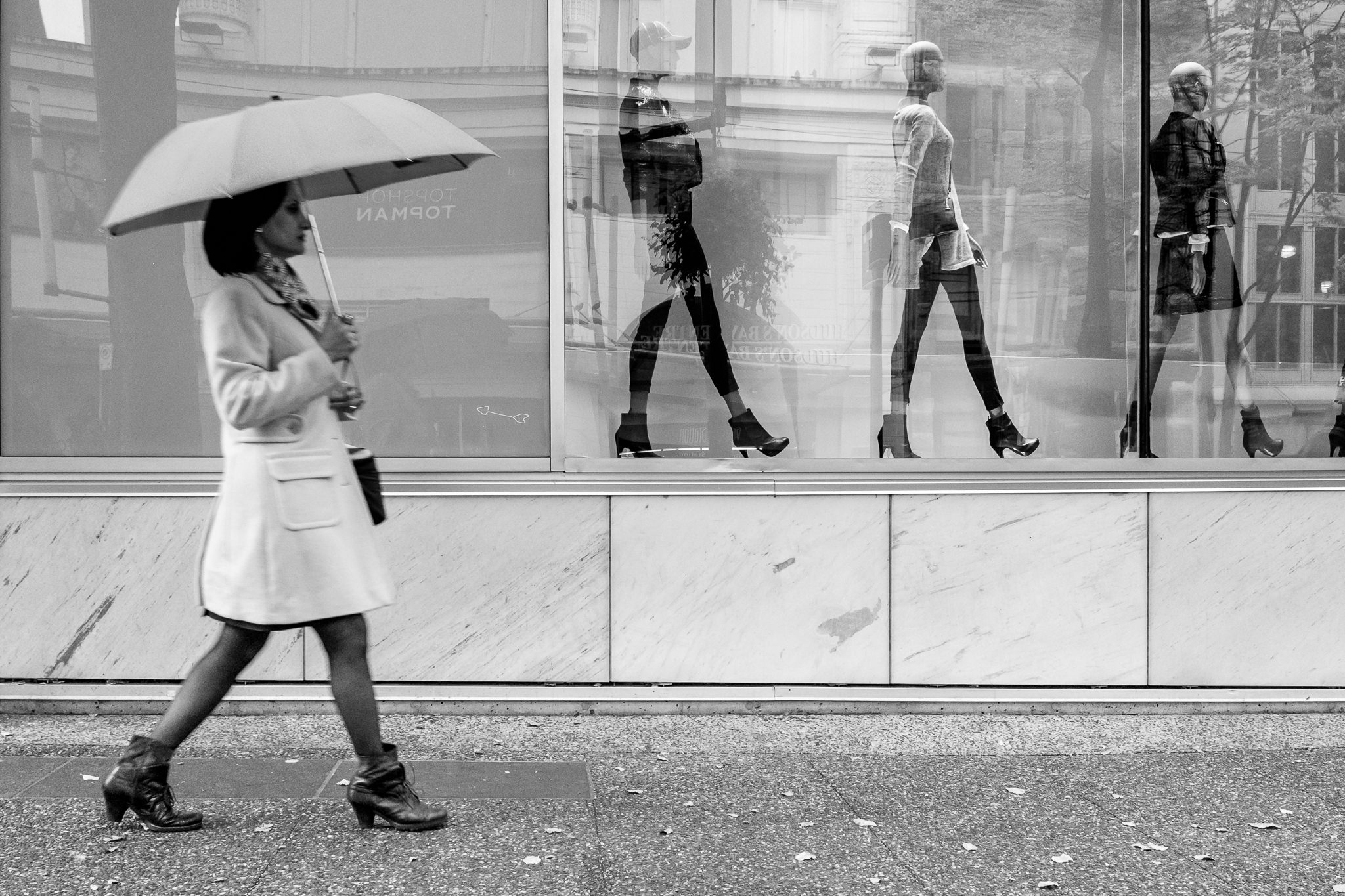The 6-Minute Rule for Framing Streets
Table of ContentsThe 5-Second Trick For Framing StreetsSome Ideas on Framing Streets You Need To KnowThe Of Framing StreetsThe smart Trick of Framing Streets That Nobody is Talking About
Both at the Museum of Modern Art (Mo, MA). Influenced by Frank, in the 1960s Garry Winogrand, Lee Friedlander and Joel Meyerowitz began photographing on the streets of New york city. Phil Coomes, composing for BBC Information in 2013, stated "For those of us interested in road digital photography there are a couple of names that attract attention and one of those is Garry Winogrand"; doubter Sean O'Hagan, composing in in 2014, said "In the 1960s and 70s, he defined road photography as a mindset along with a style and it has actually laboured in his shadow ever before considering that, so conclusive are his pictures of New York." Going back to the UK in 1965 from the United States where he had satisfied Winogrand and adopted road digital photography, Tony Ray-Jones turned a wry eye on frequently unique groups of British people on their vacations or joining events.
Street digital photography is a vast style that can be defined in lots of ways, however it is often identified by the spontaneous capturing of an unrepeatable, fleeting minute, frequently of the daily going-ons of strangers. It is characteristically fired with larger angle lenses (e. g. 35mm) and generally includes urban environments.
5 Simple Techniques For Framing Streets
Docudrama digital photographers usually have a defined, conscious message and an intent to tape-record specific occasions in history (https://soundcloud.com/framingstreets1). The range of the docudrama approach encompasses aspects of journalism, art, education, sociology and background. In social investigation, docudrama photos are typically planned to provoke, or to highlight the requirement for, societal modification
Street photography is generally viewed as unposed and honest, however there are a couple of street professional photographers who interact with strangers on the streets and take their pictures. Road portraits are unexpected portraits taken of unfamiliar people while out doing road photography, however they are viewed as postured since there is interaction with the topic.
Photographing people and places in public is lawful in the majority of nations securing freedom of expression and journalistic liberty. There are normally limits on just how photos of individuals may be utilized and most countries have details legislations pertaining to people's personal privacy.
Framing Streets for Dummies
While the common-law districts adhere to the United Kingdom, with regard to the liberty to take pictures in a public location, Quebec legislation provides that, in the majority of situations, their publication can occur just with the consent of the subjects therein. The European Union's Human Civil liberty Act 1998, which all EU nations need to promote in their domestic legislation, establishes in a right to privacy. Of flexibility of expression. While likewise limiting photography in order to safeguard privacy rights, street digital photography can still be lawful in France when gone after as an art form under certain circumstances.

. that just strayed right into a scene), or that are not also identifiable have a peek at this site in the photo. https://triberr.com/framingstreets1. It likewise does not typically extend to people that are public numbers (e. g - photography presets. politicians or celebs). If a photo is considered art, the courts will certainly likewise consider the photographer's liberty of creative expression; meaning that "artful" road photography can still be legally published in certain situations
Things about Framing Streets
In Greece the right to take pictures and publish them or offer licensing civil liberties over them as art or editorial web content is protected by the Constitution of Greece (Short article 14 and various other posts) and cost-free speech legislations in addition to by instance legislation and lawful instances. Photographing the authorities and publishing the photos is likewise legal.
In Hungary, from 15 March 2014 anyone taking photographs is technically damaging the legislation if somebody wanders into shot, under a new civil code that disallows taking images without the approval of everybody in the photo - photography presets. This expands the regulation on authorization to consist of the taking of photos, in addition to their magazine
'Covert photography' (kakushidori concealed, surreptitious photography) 'swiped digital photography' (nusumitori without intention of obtaining consent) and "rapid digital photography' (hayayori prior to permission and rejection can be provided) are forbidden unless in the former consent is acquired from the subject instantly after taking the image. Individuals have rights to their photos (shzken, droit de photo).